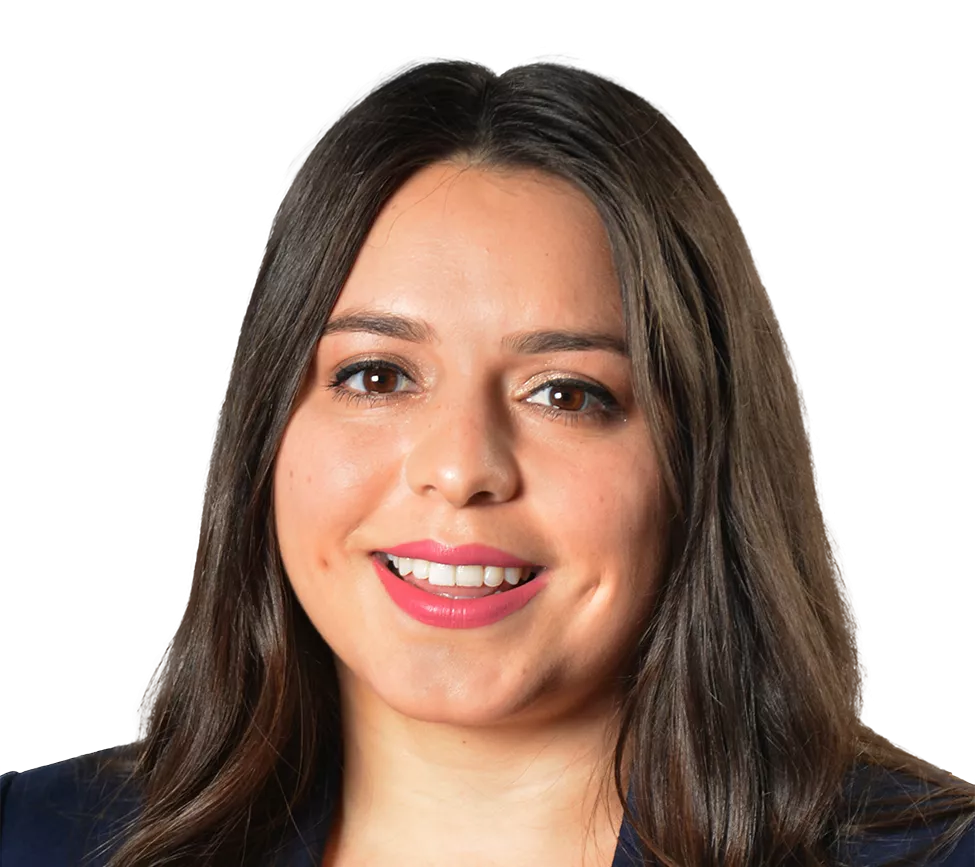Luna M, Guss JD, Vasquez-Bolanos LS, Alepuz AJ, Dornevil S, Strong J, Alabi D, Qiaojuan S, Pannellini T, Otero M, Brito IL, van der Meulen MCH, Goldring SR, Hernandez CJ. Obesity and Post-traumatic Osteoarthritis in the Absence of Fracture or Surgical Trauma. Journal of Orthopaedic Research 2019.
Hernandez CJ, Yang X, Gang J, Yingzhen N, Sethuraman AS, Koressel J, Shirley M, Fields MS, Chyou S, Li TM, Luna M, Callahan RL, Ross FP, Lu TT, Brito IL, Carli AV, Bostrom MPG. Disruption of the Gut Microbiome Increases the Risk of Periprosthetic Joint Infection in Mice. Clinical Orthopaedics and Related Research 2019; 477(11):2588-2598.
Torres AM, Trikanad AA, Aubin CA, Lambers FM, Luna M, Rimnac CM, Zavattieri P, Hernandez CJ. Bone-Inspired microarchitectures achieve enhanced fatigue life. Proceedings of the National Academy of Sciences of the USA 2019; 16 (49) 24457-24462.
Guss JD, Ziemian SN, Luna M, Sandoval TN, Holyoak DT. Guisado GG, Roubert S, Callahan RL, Brito IL, van der Meulen MCH, Goldring SR, Hernandez CJ. The effects of metabolic syndrome, obesity, and the gut microbiome on load-induced osteoarthritis. Osteoarthritis Cartilage 2019; 27 (1):129-139.
Mosquera M, Kim, S, Zhou H, Jing TT, Luna M, Guss JD, Lai K, Leifer CA, Brito IL, Hernandez CJ, Singh A. Immunomodulatory nanogels overcome restricted immunity in a murine model of gut microbiome — mediated metabolic syndrome. Science Advances 2019; 5(3): EAAV9788.
Guss JD, Horsfield MW, Fontenele FF, Sandoval TN, Luna M., Apoorva F, Lima SF, Bicalho RC, Singh A, Ley RE, van der Meulen MCH, Goldring SR, Hernandez, CJ. Alterations to the gut microbiome impair bone strength and tissue material properties. Journal of Bone and Mineral Research 2017; 32(6):1343-1353.
Hernandez CJ, Guss JD, Luna M, Goldring SR. Links between the microbiome and bone. Journal of Bone and Mineral Research 2016; 31(9): 1638-46.
Presentations
Luna M, Guss JD, Vasquez-Bolanos LS, Castaneda M, Rojas MV, Strong J, Alabi D, Taylor EA, Bicalho RC, Donnelly EL, van der Meulen MCH, Hernandez CJ. Components of the Gut Microbiome that Regulate Bone Tissue Mechanical Properties. American Society for Bone and Mineral Research Annual Meeting, Virtual Event, 2020.
Luna M, Guss JD, Vasquez-Bolanos LS, Alepuz A, Strong J, Callahan R, Brito IL, van der Meulen MCH, Goldring SR, Hernandez CJ. Early joint degeneration after mechanical overload is not sensitive to obesity. Orthopaedic Research Society Annual Meeting, Austin, TX, 2019.
Vasquez-Bolanos LS, Luna M, Hernandez CJ. Selective removal of the gut microbiome has differential effects on bone strength. Orthopaedic Research Society Annual Meeting, Austin, TX, 2019.
Hernandez CJ, Luna M, Vasquez-Bolanos LS, Castaneda M. Identifying components of the gut microbiome that influence bone tissue mechanical properties. Biomedical Engineering Society Annual Meeting, Philadelphia, PA, 2019.
Hernandez CJ, Torres AM, Trikanad AA, Aubin C, Lambers FM, Luna M, Rimnac CM, Zavattieri P. Fatigue failure of cancellous bone is sensitive to an unexpected aspect of microarchitecture: A study with bone biomechanics and 3D printing. American Society for Bone and Mineral Research, Orlando, FL, 2019.
Luna M, Guss JD, Walk RE, van der Meulen MCH, Hernandez CJ. Changes in bone tissue strength caused by disruption of the gut microbiome depend on stage of skeletal growth. 8th World Congress of Biomechanics, Dublin, Ireland, 2018. *Finalist in Paper Competition*
Luna M, Guss JD, Walk RE, van der Meulen MCH, Hernandez CJ. Changes in whole bone strength caused by disruption of the gut microbiome depend on stage of skeletal maturation. Orthopaedic Research Society Annual Meeting, New Orleans, LA, 2018.
Torres AM, Matheny JB, Luna M, Lambers FM, Rimnac CM, Hernandez CJ. Trabecular morphology has differential effects in uniaxial and fatigue failure of cancellous bone. European Society of Biomechanics, Sevilla, Spain, 2017.
Ziemian SN, Guss JD, Luna M, Guisado G, Goldring SR, van der Meulen MCH, Hernandez CJ.Diet-induced obesity increases cartilage damage but does not exacerbate load-induced osteoarthritis. Annual Orthopaedic Research Society Conference, San Diego, CA, 2017.
Guss JD, Horsfield MW, Fontenele FF, Sandoval TN, Luna M, Apoorva F, Lima SF, Bicalho RC, Singh A, Goldring SR, Hernandez, CJ. The Gut Microbiome Influences Bone Strength and Regulates Differences in Bone Biomechanical Phenotype Among Inbred Mouse Strains. American Society for Bone and Mineral Research Annual Meeting, Atlanta, GA, 2016.
Torres AM, Matheny JB, Luna M, Rimnac CM, Hernandez CJ. Fatigue failure in cancellous bone is primarily due to propagation of microdamage from pre-existing microdamage sites. Orthopaedic Research Society Annual Meeting, Las Vegas, NV, 2015.
Acuna A, Ashley S, Davis M, Kirk M, Luna M, Moraila C, Vande Geest J. Delivery of an endovascular device for a bifurcating vascular anatomy. Society of Hispanic Professional Engineers National Conference, Baltimore, MD, 2015.
Luna M, Torres AM, Matheny JB, Hernandez CJ. Initiation and propagation of microdamage in trabecular bone. Biomedical Engineering Society Annual Meeting, San Antonio, TX, 2014.
Luna M, Duffy BM, Szivek JA. Regeneration of cartilage on allograft surfaces through the use of adipose derived stem cells. Society of Hispanic Professional Engineers National Conference, Baltimore, MD, 2015.
Luna M, Heap JC, Waters H, Penick KJ, Szivek JA. Stem cell attachment to allograft surfaces for cartilage regeneration. Society of Hispanic Professional Engineers National Conference, Ft. Worth, TX, 2014.
Luna M, Heap JC, Waters H, Penick KJ, Szivek JA. Stem cell attachment to allograft surfaces for cartilage regeneration using monoculture and co-culture techniques. Society of Hispanic Professional Engineers National Conference, Indianapolis, IN, 2013.

